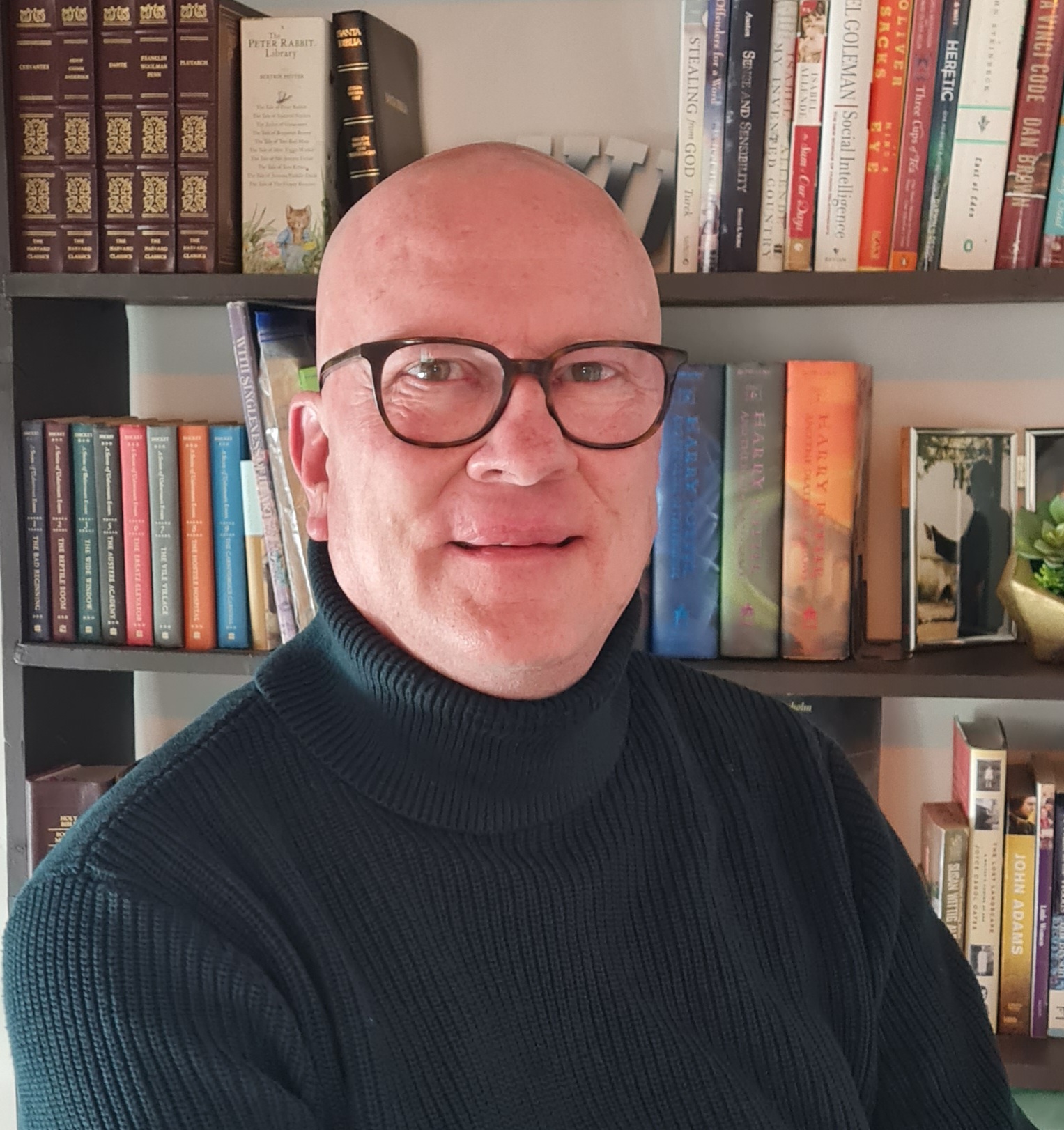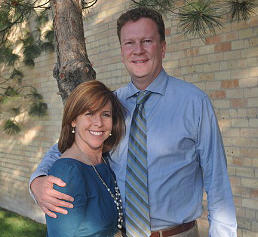The effects of metacognitive listening strategy instruction on ESL learners’ listening motivation, Research Papers in Teaching Language and Learning, 11.251-267, 2021.
A corpus study of grammatical differences between Uruguayan and Argentinian Spanish, Isogloss, 6.1-15, 2020.
Variation in interrogative adverbs in Spanish: cuán, qué tan, cómo de, and lo que, Borealis, 8.321-342, 2019.
Examination of Manner of Motion Sound Symbolism for English Nonce Verbs, (coauthored with Janis Nuckolls) Languages, 4.85, 2019
An Experimental Investigation of Variation in Spanish Diminutives,Dialectologia 24.61-90, 2020
Joselito and Calentito: Diminutive Enigmas, Entre Palavras,7.15-33, 2017
In Search of the Cowboy /b/: Implosives in American English, American Speech, 92. 41-51, 2017.
Nominalized adverbs in Spanish: the intriguing case of detrás mío and its cohorts, Research in Corpus Linguistics, 5.47-55, 2017.
Dialectal Variation in Spanish Diminuives: A Performance Model, Studies in Hispanic and Lusophone Linguistics, 10. 39-66, 2017.
The
Influence of Experimental Method on English Syllabification,
(coauthored with Ross J. Cairns). Journal of Research Design and Statistics in Linguistics and Communication Science, 2. 37-52, 2015.
Statistics for Linguists: A Step-by-step Guide for Novices. Newcastle upon Tyne: Cambridge Scholars Publishers, 2015.
The Experimental Investigation of Syllable Structure, (coauthored with Bruce Derwing). The Mental Lexicon, 9. 170-195, 2014.
An
Experimental Approach to Ambisyllabicity in English,
(coauthored with Dirk Elzinga). Topics
in Linguistics, 13.34-37, 2014.
Syllabification
of American English: Evidence from a Large-scale Experiment Part I,
(coauthored with Rebecca Treiman and Dirk Elzinga). Journal of
Quantitative Linguistics, 20. 45-67, 2013.
Syllabification
of American English: Evidence from a Large-scale Experiment Part
II,
(coauthored with Rebecca Treiman and Dirk Elzinga). Journal of
Quantitative Linguistics, 20, 75-93, 2013.
Where
are the Mountains in Utah?,
(coauthored with Matthew Savage). American Speech 87. 336-349,
2012.
Morphophonological
Alternations.
Handbook of Hispanic Linguistics, edited by José Ignacio Hualde,
Antxon Olarrea, and Erin O'Rourke, 193-208. Cambridge, MA:
Wiley-Blackwell, 2012.
Variation
in the Use of Deber and Deber de in Written and Oral Materials from
Spain and Latin America,
(coauthored with Carmen Silva Corvalán). Spanish in Context 8.
257-271, 2011.
What
are the contextual variants of /b d g/ in colloquial Spanish?
Probus 23. 1-19, 2011.
Argument
Constructions and Language Processing: Evidence from a Priming
Experiment and Pedagogical Implications,
(coauthored with Francisco Ruiz de Mendoza). Fostering Language
Teaching Efficiency Through Cognitive Linguistics, Edited by Sabine
de Knop, Frank Boers, and Antoon de Rycher, 213-238.Berlin: De
Gruyter Mouton, 2010.
American
English has Got a Lot of Glottal Stops,
(coauthored with Caitlin Channer), American Speech, 85. 338-351,
2010.
A
Computational Analysis of Navajo Verb Stems,
(coauthored with Jordan Lachler), Experimental and Empirical
Methods in Cognitive/Functional Research, edited by Sally Rice and
John Newman, 143-161. Stanford, CA: CSLI, 2010.
A
Comparison of Two Tools for Analyzing Linguistic Data: Logistic
Regression and Decision Trees,
Italian Journal of Linguistics 22. 265-286, 2010.
T-glottalization
in American English,
(coauthored with Michael Taylor), American Speech 84. 298-314,
2009.
Quantitative
and Experimental Linguistics,
editor. Munchen: Lincom, 2009.
Dialect
recognition: The Effects of Region of Origin and Amount of
Experience,
(coauthored with Wendy Baker and Lyndsey Nay), American Speech,
2009, 84.48-71.
Linguistic
Processing is Exemplar-based,
Studies in Hispanic and Lusophone Linguistics 2.420-433, 2009.
Spanish
Verbal Inflection: A Single- or Dual-route System?,
Linguistics 47.173-199, 2009.
Linguistics
and the Scientific Method,
Southwest Journal of Linguistics 27.1-16, 2008.
The
Phonetic Context of Flapping in American English: Quantitative
Evidence,
(coauthored with Dirk Elzinga), Language and Speech 51.245-266,
2008.
El
Abundante Agua Fria: Hermaphroditic Spanish Nouns,
(coauthored with José Ignacio Hualde), Studies in Hispanic and
Lusophone Linguistics 1.5-31, 2008.
Flapping
and Other Variants of /t/ in American English: Allophonic
Distribution without Constraints, Rules, or Abstractions,
Cognitive Linguistics 18.23-46, 2007.
Analogical
Modeling: An Update,
(coauthored with Deryle Lonsdale), Proceedings of the European
Summer School on Logic, Language, and Information, 2007.
Paradigm
Uniformity and Analogy: The Capitalistic versus Militaristic
Debate,
International Journal of English Studies 6.1-18, 2006..
A
Usage-based Approach to Spanish Verbs of Becoming,
(coauthored with Joan Bybee), Language 82.323-354, 2006.
Look
Ma, No Rules: Applying Skousen's Analogical Approach to Spanish
Nominals in -ion,
In Phonology, Morphology, and the Empirical Imperative: Papers in
Honour of Bruce L. Derwing, ed. By Grace E. Wieve et al., 2006,
371-407. Taipei City, Crane Publishing.
Negative
Prestige and Sound Change: A Sociolinguistic Study of the
Assibilation of /r/ in Piripiri Portuguese,
(coauthored with Michael Taylor.) Selected Proceedings of the 9th
Hispanic Linguistics Symposium edited by Nuria Sagarra and Almeida
Jacqueline Toribio, 320-325. Somerville, MA: Cascadilla, 2006.
Selected
Proceedings of the 7th Hispanic Linguistics Symposium,
editor. Somerville, MA: Cascadilla, 2005.
Selected
Proceedings of the 6th Conference on the Acquisition of Spanish and
Portuguese as First and Second Languages,
editor. Somerville, MA: Cascadilla, 2005.
Spanish
Phonology and Morphology: Experimental and Quantitative
Perspectives.
Amsterdam: John Benjamins, 2004.
Review
of Spanish Phonology and Morphology: Experimental and Quantitative
Perspectives,
Linguist List 16.1457 by Matthew Carlson, 2005.
Review
of Spanish Phonology and Morphology: Experimental and Quantitative
Perspectives,
Lingua 117.1821-1825 by Frank Nuessel, 2007.
Review
of Spanish Phonology and Morphology: Experimental and Quantitative
Perspectives,
Revista Internacional de Lingüística Iberoamericana 4.202-205
Gema Mazón Gutiérrez, 2006.
Review
of Spanish Phonology and Morphology: Experimental and Quantitative
Perspectives,
Language 83.435-438, by José Ignacio Hualde.
Review
of Spanish Phonology and Morphology: Experimental and Quantitative
Perspectives,
Journal of Quantitative Linguistics 14. 95-99, 2007 by Michael
Cysouw.
A
Computational Approach to Resolving Certain Issues in Spanish
Stress Placement,
Laboratory Approaches to Spanish Phonology, ed. by Timothy Face,
2004, 95-115. Berlin: Mouton de Gruyter.
Issues
in modeling language processing analogically,
Lingua, 2003, 114.849-871.
Are
plurals derived or stored? (Coauthored
with Patricia Lestrade), Structure, meaning, and acquisition in
Spanish, ed. by James. F. Lee, Kimberly L. Geeslin, and J. Clancy
Clements, 2002, 269-284. Somerville, MA: Cascadilla Press.
Spanish
gender assignment in an analogical framework,
Journal of Quantitative Lingusitics, 2002, 9.49-75.
A
Comparison of two Analogical Models: Tilburg Memory-based Learner
versus Analogical Modeling,
In Analogical Modeling ed. By Royal Skousen, Deryle Lonsdale, and
Dilworth B. Parkinson, 2002, 141-154. Amsterdam: John Benjamins
Disambiguating
Spanish Change of State Verbs,
Hispania, 2002, 85.900-908.
A
Usage-based Simulation of Spanish S-weakening,
Journal of Italian Linguistics, 2001, 13.191-209.
Pasar
y Sentaros: Accounting for the Alternative Vosotros Imperative,
Círculo de lingüística aplicada a la comunicación, 2002, 12.
On
'becoming' in Spanish: A corpus analysis of verbs expressing change
of state,
Southwest Journal of Linguistics, 2002, 18.23-46.
Dissociation
in Italian conjugations: A single-route account,
Brain and Language, 2002, 81.291-302
Spanish
Epenthesis: Formal and Performance Perspectives,
Studies in the Linguistic Sciences, , 2001, 31.33-53.
Surface
analogy and spelling rules in English vowel alternations,
Southwest Journal of Linguistics, 2001, 20. 85-105.
Spanish
diminutive formation without rules or constraints,
Linguistics, 2002, 40.395-419.
Why
Quantitative?,
Linguistics, 2002, 40.209-216.
Spanish
stress assignment within the Analogical Modeling of Language,
Language, 2000, 76.92-109.
Analogy
and the dual-route model of morphology,
Lingua, 2000, 110.281-298.
Spanish
diphthongization as a non-derivational phenomenon,
Rivista di Linguistica, 1998, 10.335-354.
The
role of experiments in phonological investigation,
Journal of Quantitative Linguistics, 1999, 6.14-28.
Diphthongization
in Spanish Derivational Morphology: An Empirical Investigation,
Hispanic Linguistics, 1996, 8.1-35.
The
Psychological Status of Phonological Analyses,
Linguistica, 1996, 31.17-37.
The
Psychological Relevance of Phonological Generalizations in Spanish:
An Experiment,
Hispania, 78.875-884, 1995.
Psychological
Validity of Phonological Generalizations: A Priming Experiment in
Spanish,
Journal of Quantitative Linguistics, 1994, 1.132-143.
Word-medial
Epenthesis in Spanish: A Lexical Phonological Approach,
Southwest Journal of Linguistics, 1992, 11.14-28.
Distancing
as a Causal Factor in the Development of /Θ/ and /X/ in Spanish,
Journal of Hispanic Philology, 14.239-245, 1990.



